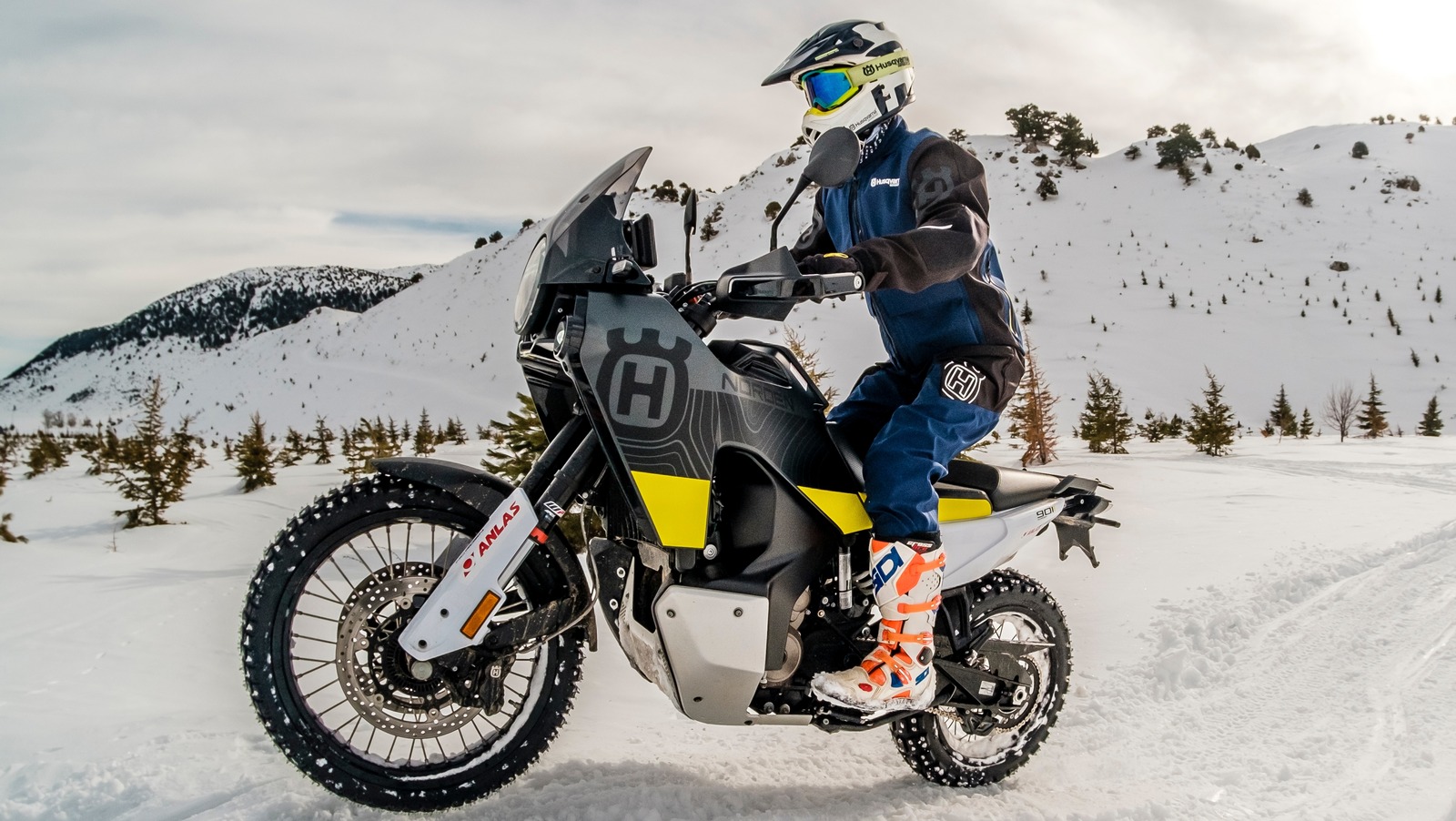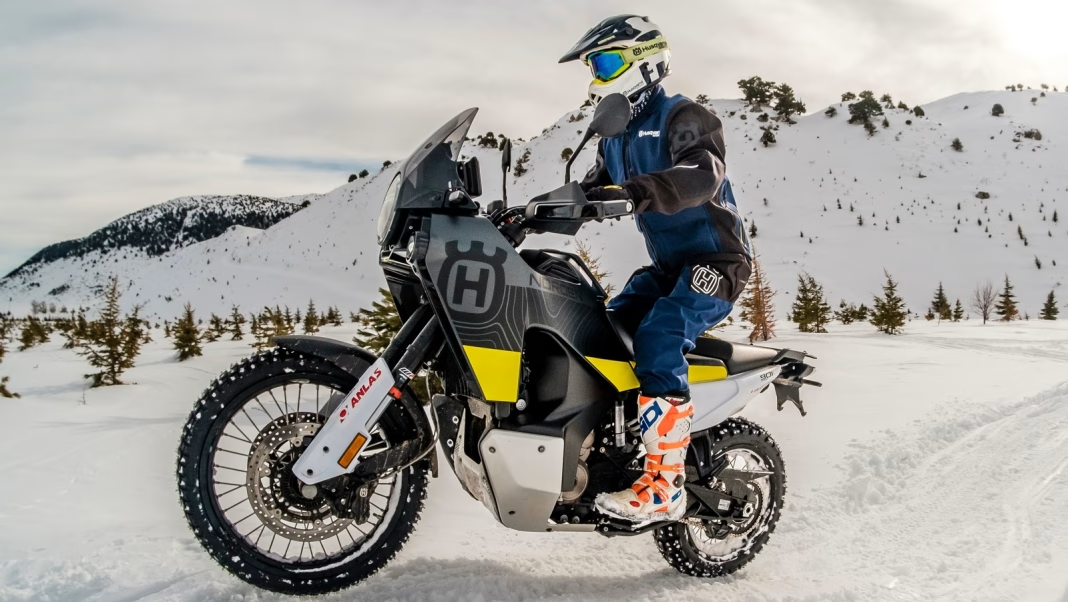Which Motorcycle Brands Does KTM Actually Own Right Now?
If you’ve ever tried to track which motorcycle brands KTM owns, you know it’s a bit like following a high-speed chase—exciting, but easy to lose the plot. Over the past two decades, KTM has transformed from a niche Austrian manufacturer into a global powerhouse, snapping up brands, launching new ones, and sometimes letting others go. So, what’s in KTM’s garage today? Let’s break it down in plain English.
What’s the Story Behind KTM’s Expanding Motorcycle Empire?
KTM started out in the 1950s as a small European brand best known for its off-road bikes. Fast forward to the 21st century, and KTM AG (the parent company, formerly known as KTM Industries AG and now part of Pierer Mobility Group) has become a major player in the global motorcycle market. This growth isn’t just from building great bikes—it’s also about smart acquisitions and partnerships.
KTM’s strategy has focused on expanding its reach into new markets and segments. By acquiring established brands and launching fresh ones, KTM has managed to offer everything from entry-level commuters to high-performance adventure machines. The result? A portfolio that covers a surprising amount of ground.
Which Motorcycle Brands Are Currently Under KTM’s Roof?
Let’s get right to it. As of 2024, KTM AG owns or controls the following motorcycle brands:
KTM: The flagship brand, famous for its orange livery and dominance in motocross, enduro, and adventure segments. KTM’s lineup ranges from the lightweight Duke series to the rally-ready 1290 Super Adventure.
Husqvarna Motorcycles: Acquired in 2013, Husqvarna brings a Scandinavian heritage dating back to 1903. Under KTM, Husqvarna has flourished, offering everything from retro-inspired street bikes (like the Vitpilen and Svartpilen) to cutting-edge dirt bikes.
GASGAS: Once a Spanish specialist in trials and enduro bikes, GASGAS joined the KTM family in 2019. Since then, the brand has expanded into motocross and even street models, all while keeping its playful, accessible image.
WP Suspension: While not a motorcycle brand in the traditional sense, WP Suspension is a crucial part of KTM’s ecosystem. WP supplies high-performance suspension components for KTM, Husqvarna, and GASGAS bikes, as well as other manufacturers.
Are There Any Other Notable Companies KTM Owns or Partners With?
KTM’s reach goes beyond just motorcycles. The company has a majority stake in several related businesses, including:
Pankl Racing Systems: Specializing in high-performance drivetrain and engine components, Pankl supplies parts to motorsport teams worldwide. KTM’s involvement ensures a steady flow of innovation for its own bikes.
Kiska Design: This Austrian design firm is responsible for the sharp, aggressive look of KTM’s bikes. Kiska’s influence extends to Husqvarna and GASGAS, shaping the visual identity of the entire group.
How Does KTM’s Approach Compare to Other Motorcycle Giants?
Unlike some competitors who focus on a single brand identity, KTM’s approach is more like a well-curated playlist—each brand has its own vibe, but they all benefit from shared technology and resources. For example, Husqvarna and GASGAS both use KTM-developed engines and frames, but each brand tunes these platforms to suit its unique audience.
This strategy isn’t just about efficiency. It allows KTM to compete in multiple segments without diluting its core brand. According to industry data from the Motorcycle Industry Council, KTM AG’s global sales have grown by over 10% annually since 2018, outpacing many rivals. The lesson? Diversification, when done right, can turbocharge growth.
What About Brands KTM Used to Own or Collaborate With?
KTM’s history is littered with partnerships and divestments. For instance, KTM once held a stake in Indian manufacturer Bajaj Auto, which now co-develops and produces small-displacement KTMs and Husqvarnas for Asian markets. While Bajaj remains a key partner, it’s not owned by KTM.
Similarly, KTM previously had connections with brands like Husaberg (which was merged into Husqvarna) and even flirted with car manufacturing through the X-Bow project. But today, the focus is squarely on motorcycles and related tech.
Why Does KTM Keep Buying (and Sometimes Folding) Brands?
It’s not just about collecting logos. Each acquisition or partnership serves a clear purpose—whether it’s entering a new market, filling a gap in the lineup, or tapping into a fresh customer base. When a brand no longer fits, KTM isn’t afraid to let it go or fold it into another part of the business. It’s a pragmatic approach, and it keeps the company nimble in a fast-changing industry.
What Does This Mean for Riders and the Industry?
For riders, KTM’s multi-brand strategy means more choice and better technology across the board. Whether you’re a hardcore enduro fan, a city commuter, or someone chasing retro style, there’s likely a KTM-owned bike that fits your needs. And because these brands share engineering know-how, you get cutting-edge tech even in entry-level models.
From an industry perspective, KTM’s success has forced competitors to rethink their own strategies. The company’s willingness to experiment—sometimes failing, often succeeding—has made it a trendsetter in both design and business.
The big takeaway? KTM’s empire isn’t about perfection—it’s about smarter adjustments. Start with one change this week, and you’ll likely spot the difference by month’s end.


